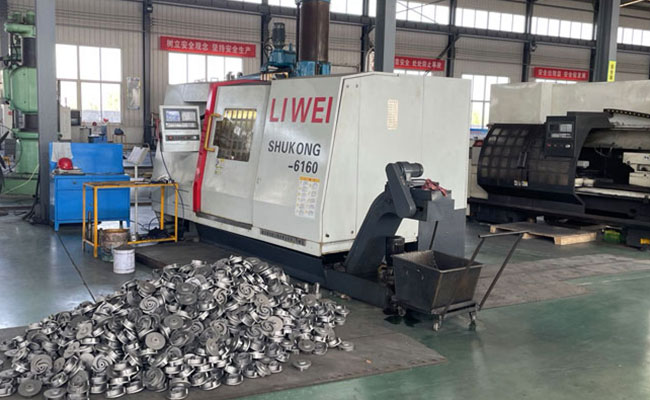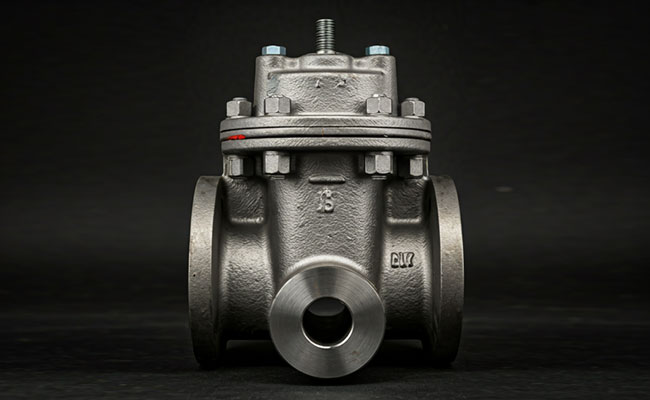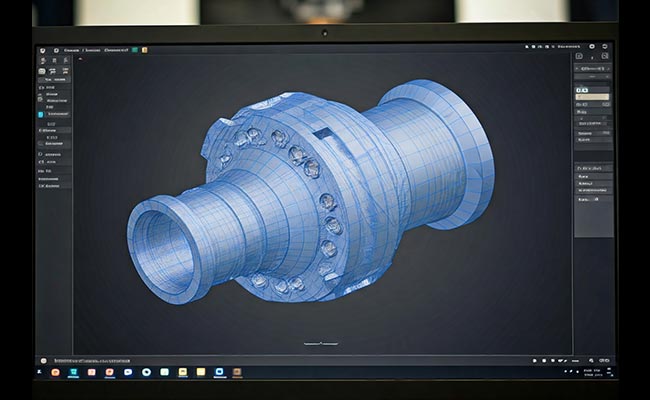
Common testing equipments in Casting
2024-03-04
The process of aluminum die casting
2024-04-02Machining equipment encompasses a diverse array of tools and machines designed to shape raw materials into finished products with accuracy and efficiency. Let’s delve into the fascinating world of machining equipment and explore some of the key tools driving innovation in various industries. Here are the machining equipments we currently use:
1. CNC Machines:
Computer Numerical Control (CNC) machines have revolutionized modern manufacturing processes. These automated machines utilize computer-aided design (CAD) software to precisely control the movement of cutting tools, allowing for highly accurate and repeatable production. CNC machines come in various forms, including lathes, mills, routers, and grinders, each optimized for specific machining tasks. From automotive parts to intricate medical devices, CNC machines are indispensable in the production of countless goods.
2. Lathes:
Lathes are one of the oldest and most fundamental machining tools, dating back to ancient civilizations. These machines rotate a workpiece against a cutting tool to remove material and create symmetrical shapes such as cylinders, cones, and spheres. Modern CNC lathes offer advanced features like multi-axis control and live tooling, enabling complex turning operations with minimal manual intervention.
3. Milling Machines:
Milling machines are versatile tools used to remove material from a workpiece by rotating a cutting tool. They are capable of producing a wide range of shapes, from simple flat surfaces to intricate three-dimensional profiles. CNC milling machines can perform a variety of operations, including face milling, end milling, and drilling, making them essential in industries like aerospace, automotive, and mold making.
4. Grinders:
Grinding machines are employed to achieve high-precision surface finishes and tight tolerances. They use abrasive wheels to remove material from a workpiece, resulting in smooth and accurate surfaces. Surface grinders, cylindrical grinders, and tool and cutter grinders are among the most common types, catering to different machining requirements. With advancements in abrasive technology and CNC controls, modern grinders can achieve micron-level precision, critical for industries such as optics and precision engineering.




